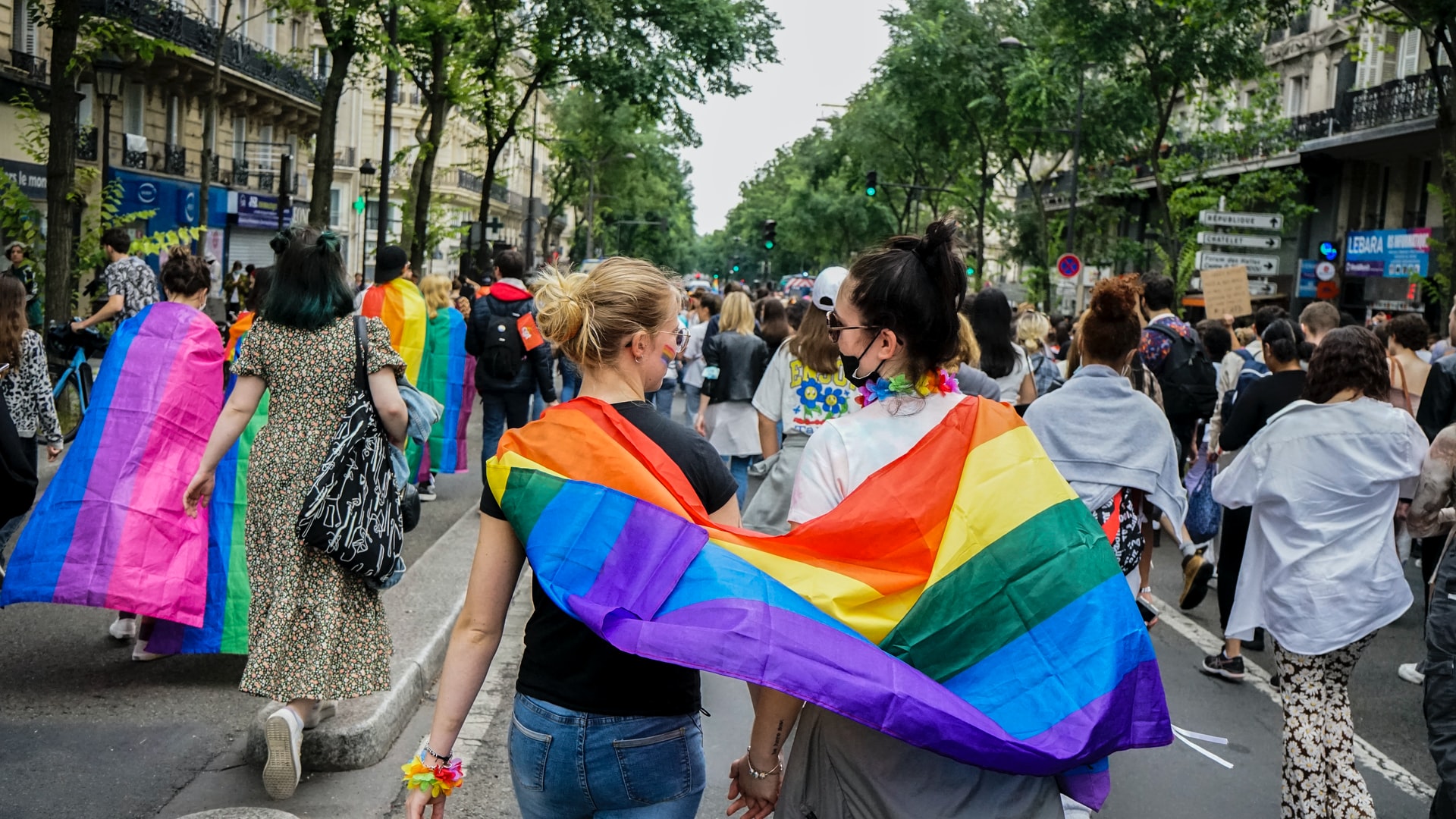We may not realize it, but lesbians, gay men, and transgender people suffer discrimination and marginalization. In some cases, they suffer multiple forms of marginalization, including homelessness and mental health struggles. In this article, we explore these issues and how we can help those who are marginalized. Listed below are the most common experiences of lesbians, gay men, and transgender people.
Lesbian, gay, bisexual and transgender (LGBTQI*) people experience discrimination
One-third of LGBT adults reported experiencing verbal harassment in public restrooms, including being asked if they were using the wrong bathroom. A further third said they were made to feel unwelcome in a neighborhood or place of employment because of their sexual orientation. Despite growing acceptance and tolerance, discrimination and stigma remain widespread. In addition to affecting physical and mental health, LGBT people may also experience PTSD as a result of discrimination.
Despite the many benefits of being openly gay, LGBTQI people still experience discrimination. The stigma and negative stereotypes they experience in their daily lives may contribute to mental health problems, including depression and anxiety. Yet, despite these benefits, many LGBTIQIQ+ people report coping well with the negative effects of discrimination. Although most LGBTIQIQ+ individuals do not experience mental health problems, the experiences they endure can lead to emotional distress. The pressure of social pressure to conform to traditional gender roles can lead to self-harm or suicide attempts. While it may seem a small issue, LGBTIQIQ+ individuals are still frequently subjected to harassment and violence.
They may experience multiple forms of marginalization
The experiences of LGBTQ people may involve more than one form of discrimination. Studies suggest that they are more likely to experience professional devaluation than their straight counterparts, which can include the denial of opportunities and even harassment in the workplace. These disparities may be systemic and not confined to one specific sector. These disadvantages may be operating across the STEM workforce.
Despite the prevalence of homophobia, few LGBTIQIQ+ people experience significant psychological distress. While the vast majority of LGBTQIQ+ people do not suffer from a specific mental health condition, their experiences can lead to emotional distress, anxiety, and depression. It can be difficult to break free of social and physical pressures. Those who do not fit into the norm may face harassment and even violence.
Many LGBTQ individuals may also experience physical and verbal discrimination. Many of them do not even realize it. Sadly, this may be a lifelong struggle. However, with the help of allies, lgbt people can overcome this and achieve equality in society. As we all know, discrimination is an incredibly powerful tool that can make or break a relationship.
They may experience mental health struggles
While many of us can relate to LGBTQ youth, we do not know what they are experiencing on a daily basis. Research suggests that LGBTQIA+ youths have a higher risk of experiencing mental health problems than straight adults. As a result, they often resort to self-medicating with drugs or alcohol. Unfortunately, that is not the only problem facing LGBTQ youth. The stigma associated with being different can also affect the mental health of youth.
Bisexual youth, lesbians, and transgender individuals may experience mental health problems that straight people do not understand. Researchers say that a hostile social environment can contribute to these problems. Lesbians and gay men who conceal their sexual orientation may be less likely to seek out mental health support. But if you ask the researchers, they’ll tell you that the negative effects are not limited to bisexuals.
They may experience homelessness
LGBT people face a disproportionate risk of homelessness. Although data is sparse and not representative, studies on homeless youth have found that six to 35 percent of them identify as LGBTQ. In the National Longitudinal Study of Adolescent Health, seven percent of boys and five percent of girls reported same-sex romantic attraction. Another nationally representative survey of adults found that nearly one in five transgender individuals reported that they were homeless.
Although LGBTIQ+ people may experience homelessness differently than our straight counterparts, they are often resourceful and brave. These people often reclaim their identities and meet their survival needs. Some may find it difficult to leave foster care or their families. Others may experience homelessness for a variety of reasons. For all these reasons, we need to understand the experience of LGBTIQ+ people from different perspectives.
